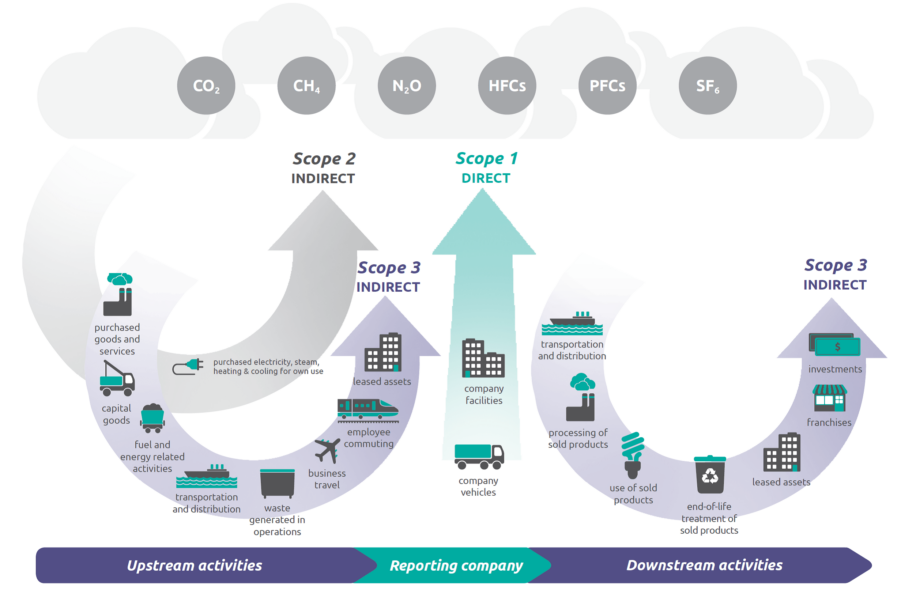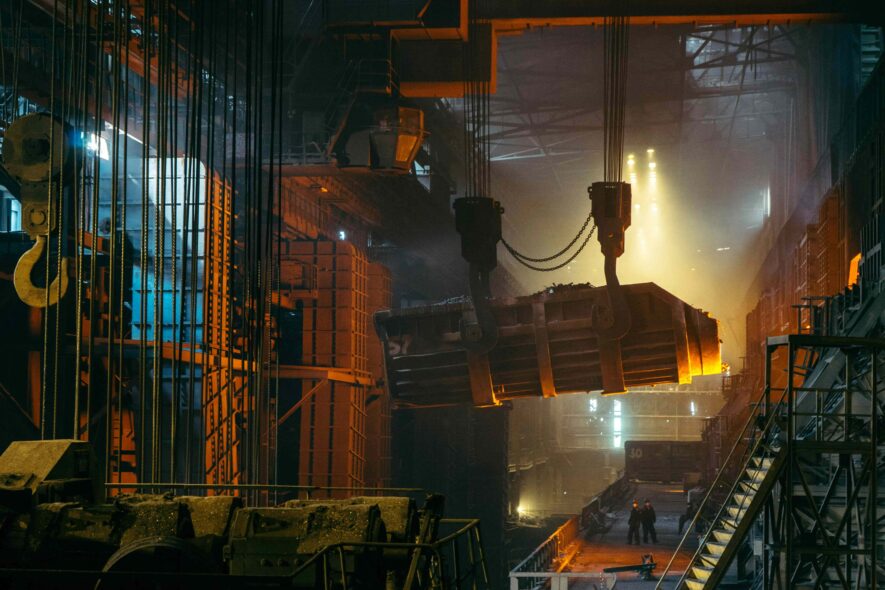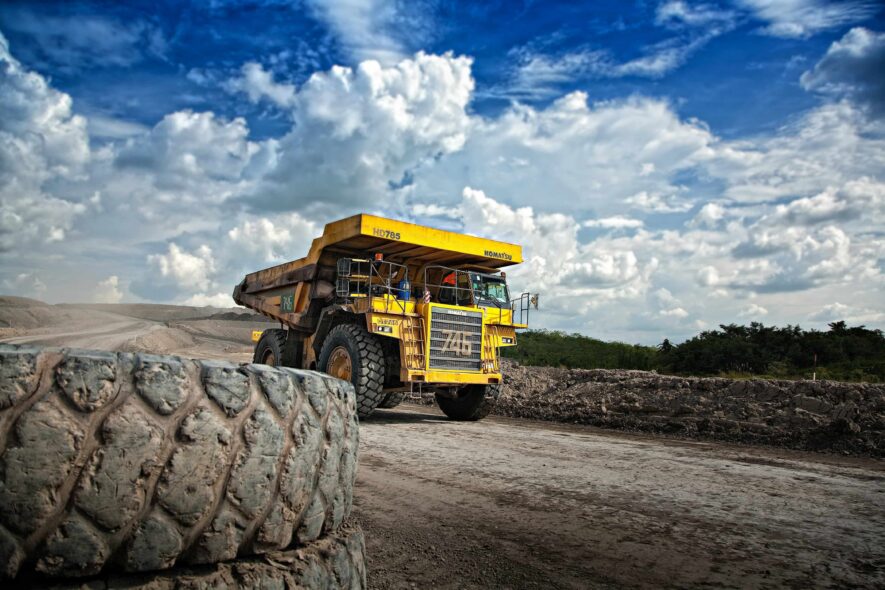Contact us today for your Free Quote
About 50% of the world’s largest companies have net zero targets. How do they work?
According to a recent study by Net Zero Tracker, about half of the world’s largest 2,000 publicly listed companies have a net zero target. This is a noteworthy increase from the 702 companies that had set such targets in June 2022. Net zero pledges have become more prevalent with major companies in recent years, especially since the Paris Agreement was signed in 2015.
What does that exactly entail? In a nutshell, net zero is when the amount of greenhouse gas emissions produced is balanced by the amount of greenhouse gas emissions removed from the atmosphere. On the surface, measuring your footprint may seem straightforward, but drawing the line on your organisation’s accountability and impact may not be so.
Just think about it. For instance, does it matter how sustainable my suppliers are? In turn, does my emissions burden also affect my clients? Or anyone in my value chain? Also, what role do my utilities play in this? That is where the Greenhouse Gas (GHG) Protocol comes in, often referred to as scope emissions.
Scope emissions is not just a reporting framework, it may be a valuable concept to study, advancing your business’s eco-friendly image and operations.
In this article, we will go through what it is, some examples and the framework’s impact on businesses.
What are Scope 1, 2 and 3 Emissions?
The Greenhouse Gas (GHG) Protocol, otherwise known as scope emissions. It is a framework often used to report progress in reducing these emissions.

What are Scope 1 Emissions?
Generally, scope 1 emissions are Green House Gas (GHG) emissions that a company or organisation directly makes and is responsible for.
Scope 1 Emissions Examples
Some examples of this category of emissions may be exhaust from vehicles directly owned by the company, as well as from powering company processes and equipment.

What are Scope 2 Emissions?
Scope 2 emissions are indirect emissions stemming from the energy a company purchases.
Scope 2 Emissions Examples
The energy examples commonly used to describe scope 2 emissions include an organisation’s electricity consumption, heating or steam.

What are Scope 3 Emissions?
Lastly, scope 3 emissions come indirectly from the company’s value chain. Despite not being emissions directly associated with the company in question, it is considered indirectly responsible for them.
Scope 3 Emissions Examples
Downstream scope 3 emissions are greenhouse gas emissions that happen after a company sells its products or services, such as the use of sold products. Meanwhile, upstream scope 3 emissions happen beforehand, such as emissions from transporting raw materials necessary for production.
Examples for each of the categories vary and may differ by industry. However, to provide more insight into the topic, we previously wrote an article applying the framework to convey examples in the context of our own activities, which can be found here.

Importance and Significance
This framework is a critical aspect of environmental, social and governance (ESG) strategy for all sorts of businesses. It helps encompass the indirect greenhouse gas emissions that can occur throughout a company’s value chain, as opposed to simply looking at direct emissions. Companies can gain a more comprehensive understanding of their environmental impact and identify opportunities to reduce their carbon footprint.
That being said, scope 3 emissions can account for a significant portion of a company’s overall carbon footprint. According to Greenhouse Gas Protocol, this can amount to over 90% of a company’s scope 1, 2 and 3 emissions. This information can be used to inform decision-making on a variety of issues, such as supply chain management.
Why It Matters to UK Recycling
Being an industry at the forefront of providing sustainable solutions to other industries, recycling companies must lead by example by actively showing progress in their path to net zero, showing progress throughout their value chain. Companies such as Bywaters help turn used materials into new products. This reduces the need to extract new materials from scratch, which can have a significant environmental impact. Moreover, in many instances, recycled materials are often processed closer to their source of waste, which can reduce the amount of transportation required.
You Made It This Far…
Bywaters is a leader in sustainability, reducing the emissions of our entire value chain is central to us. We are committed and on track to achieving net zero by 2030.
Whether it be collecting your waste and turning it into something useful, or advice on your facility’s carbon footprint, helping our stakeholders reduce their value chain’s emissions is central to our values. Contact us today to find out more about our services.
More posts:
Sustainability News Q1 2025
From global shifts in sustainability policies to local waste management crises and innovative digital audits, explore the complex challenges and solutions shaping our environment today. Discover how economic pressures, labor disputes, and technological advancements are impacting sustainability and waste management practices worldwide.
Read moreOld BRAD vs New BRAD: Smarter Insights, Better Decisions, Greater Impact
We are proud to introduce new and improved BRAD – our upgraded Reporting Analytics Dashboard built with the customers’ feedback at its core. Smarter, faster, and easier to use, the new BRAD offers smarter insights, better decisions, greater impact. Discover the all-new BRAD – make a step toward your sustainable goals!
Read moreGlobal Recycling Day 2025: Why Recycling is More Important Than Ever
On 18th March, we celebrate Global Recycling Day, highlighting the importance of reducing waste, conserving resources, and cutting carbon emissions. With over 2 billion tonnes of waste generated annually, recycling is more crucial than ever. Discover how Bywaters is leading the way in sustainability and how you can make a difference.
Read more




